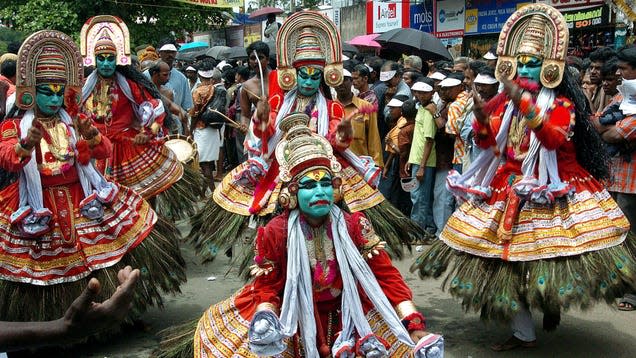Southern India’s many sub-nationalisms are the engines of its development

Why has peninsular India done better and how can the divergences between the states ever be addressed in policymaking?
Subnationalism is a frequently cited reason. A greater focus on education in the southern states is attributed to political movements that emphasized self-respect, which in turn resulted in better development for them. Some of these movements were also explicitly anti-caste, which has been attributed to the consolidation of the subaltern, yielding a sense of solidarity and common purpose.
Read more
...
A crucial aspect of the divergence is that India’s best states were not always the best. Their improvement and outcomes can be explained by policy actions and the politics that enabled those over the last few generations.
Kerala tried to look beyond its caste divisions
The states of Travancore, Cochin, and what is present-day northern Kerala did not see themselves as a single society. Travancore’s caste system was rigid even by the standards of the 19th century, and the majority of the population lived in conditions that the British administrators thought were cruel.
Travancore’s elite Brahmins were not originally from the state, causing further complications and disaffection among the people. There was no concept of a “Malayalee”; back then, that term generally meant someone belonging to the Nair caste. In effect, Travancore was a state without a cohesive identity and its people lived in abject poverty with no health or education to speak of.
By the late 19th and early 20th centuries, a fledgling movement called the Aikya Kerala movement started to protest the dominance of Brahmins in the region. What started as a demand for representation in jobs soon morphed into a movement that went well beyond its original cause. It forged an identity for the Malayalee people for the first time.
The real effect of the movement, historians agree, was that it made society seek public services for the entire society as Malayalee people, as opposed to seeking favours for particular caste groups.
...
The many iterations of Tamil Nadu’s Dravidian movement
Neighbouring Tamil Nadu had the non-Brahmin movement, which started a few decades after the Aikya Kerala movement. Later, this morphed into the Justice Party and continues to this day in the form of the offshoots of the Dravidian movement. Much like the Aikya Kerala movement, the Dravidian movement started as a protest for better representation of the people in jobs before becoming a sub-nationalist movement about Tamil causes and identity, seeking to unify Tamilians against Brahmins first, and later against New Delhi and Hindi imposition.
The effect of the Dravidian movement, much like that of the Aikya Kerala movement, was one of consolidating the Tamil identity. Public services are now seen as public services for the Tamil people, as a whole. This, again, is credited in literature as one of the driving forces behind improvements in health and education in the state.
Andhra Pradesh, Telangana and Karnataka have also shown a higher degree of sub-nationalism than the rest of India. Their welfare policies—particularly in areas of supplemental nutrition, health and education—distinctly belong to southern India.
...
Sub-nationalism is a great force multiplier
A renewed sense of localized kinship amongst an old “ingroup” of a given society—which may be ethnic, linguistic, or any other such axis of identification—has proven to be a common thread amongst societies that made rapid advances in the 19th and 20th centuries. Finland and Japan are frequently cited examples of this.
A feeling of “my society” among people with respect to their “in-group” seems to make them view public goods such as health and education as something beyond a zero-sum game between competing communities or subgroups.
India, with a population of 1.3 billion and multiple internal cleavages, makes that feeling of a strong “in-group” near impossible to achieve for the entire country. What the right size of a group is for such a feeling to be fostered is a difficult question to answer; but if the rest of the world is any guide, it isn’t anywhere near the population of India.
The sense of sub-nationalism and of common identity is difficult to forge. But once forged, it’s a great force multiplier, as the experience in southern India has shown. People will have to have a sense of belonging for public services to be effective. It’s in this context that people also feel a positive connection with their society when their tax money is spent on the development of that society. It strengthens their bond with society and creates a virtuous cycle. And locally designed welfare programmes tailored to a society’s needs give its people a sense of participation, improving that sense of belonging even further.
Excerpted from Nilakantan RS’s book South vs North with permission from Juggernaut Books.
More from Quartz
Sign up for Quartz's Newsletter. For the latest news, Facebook, Twitter and Instagram.

